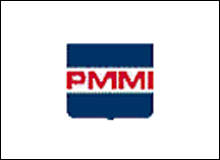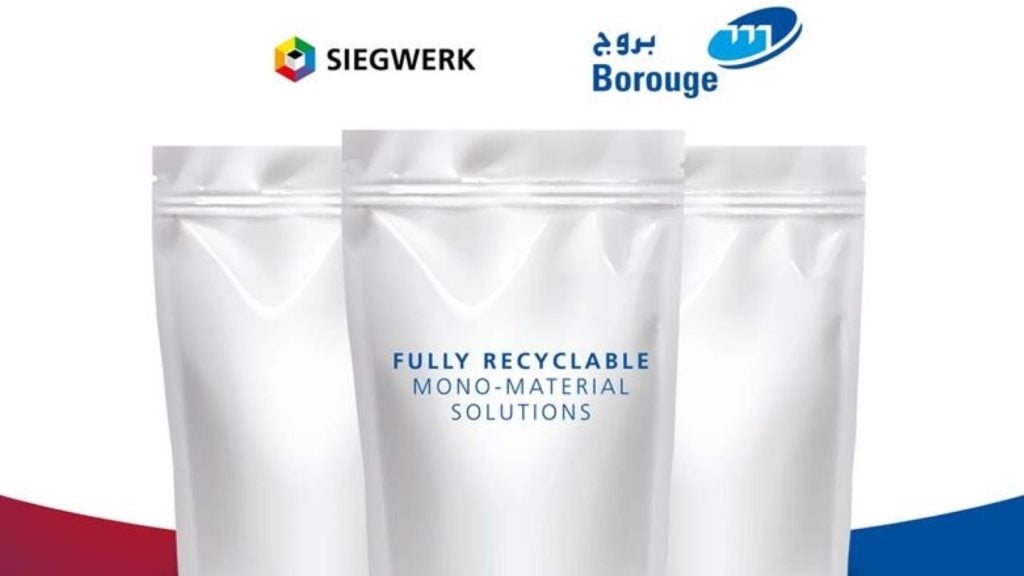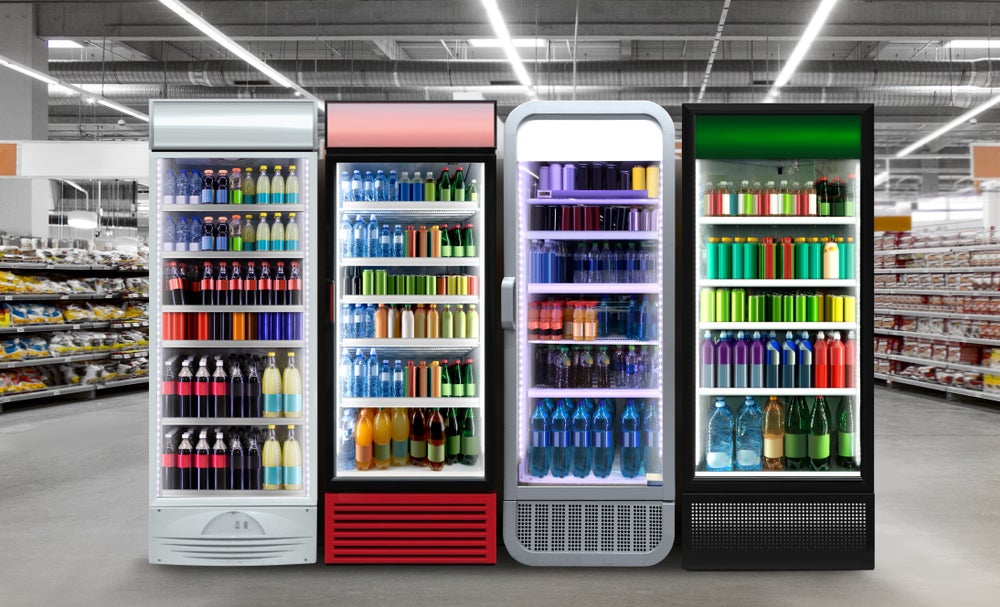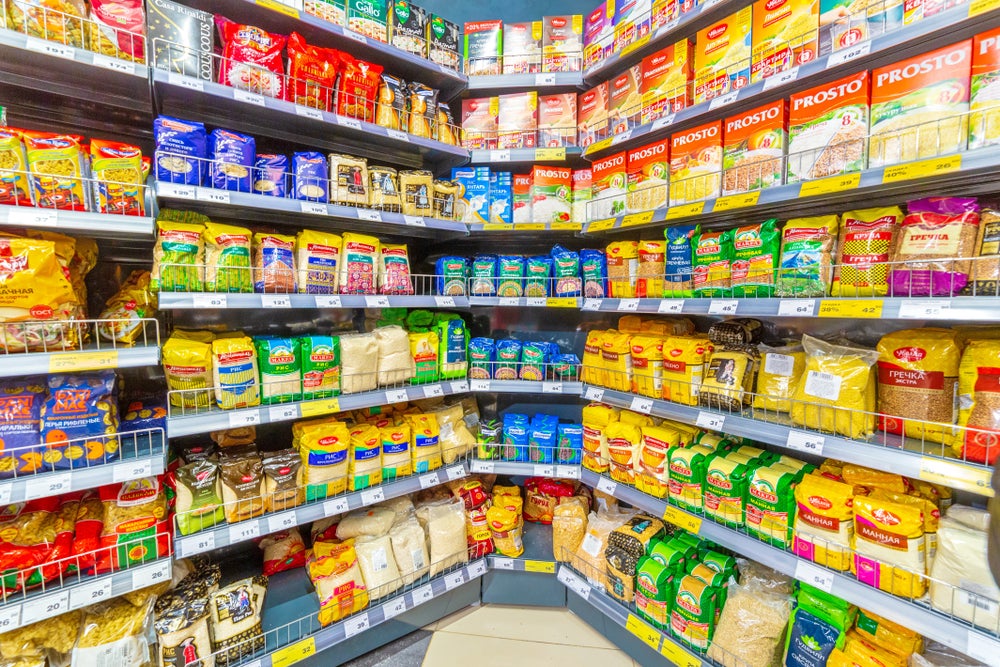
Packaging Machinery Manufacturers Institute
Packagers cannot be too careful these days. In times of bioterrorism, tampering, counterfeiting and shoplifting, no area is immune from these brand-damaging, sales-sapping activities.
Fortunately, there are steps they can take to protect their products from harm and keep brand equity intact. Several innovative advancements designed to counter threats to brands and consumers will be featured at Pack Expo Las Vegas 2003 in October at the Las Vegas Convention Center. Sponsored by the Packaging Machinery Manufacturers Institute (PMMI), many of these new technologies will be displayed as part of a special Containers & Materials Pavilion.
Security seals
Sealed packaging provides protection against a myriad of hazards, including tampering, counterfeiting or pilfering, and many counter more than one problem at the same time. One of the most familiar sealing methods is shrink film applied as a wrap, band or full-body sleeve, which generally consists of unprinted or printed polyvinyl chloride, oriented polystyrene or polyethylene terephthalate glycol film.
Sleeves run from the base of containers to the top of closures and typically are vividly printed in eight or more colours to perform double duty as product labels. This design enhances shelf appeal by providing a 360º surface for graphics. Shrink bands, which generally cover closures, are often custom-coloured or printed with logos or other messages to make duplication more difficult. For added distinction, SleeveCo Inc can convert holographic material into shrink bands or sleeves.
There are two schools of thought as to whether bands should be difficult or easy to remove. ‘Some companies feel a band that is difficult to remove provides a greater level of confidence that the product has not been touched,’ explains Sharon Lobel, president of Seal-It Inc, a supplier of shrink bands and sleeves.
See Also:
However, if a packager wants an easy-opening option, bands can be perforated or tabbed. It should be noted the perforated design can enhance tamper evidence by increasing the band’s fragility to the point that it disintegrates upon removal so it is impossible to reposition it around the cap.
How well do you really know your competitors?
Access the most comprehensive Company Profiles on the market, powered by GlobalData. Save hours of research. Gain competitive edge.

Thank you!
Your download email will arrive shortly
Not ready to buy yet? Download a free sample
We are confident about the unique quality of our Company Profiles. However, we want you to make the most beneficial decision for your business, so we offer a free sample that you can download by submitting the below form
By GlobalDataTraco Manufacturing manufactures pre-shrunk bands for wide-mouth containers that are dropped over the top of tubs and cups of products such as margarine or yoghurt. Containers then pass through a heat tunnel to shrink the band tightly in place. ‘The goal is to shape a flat top ring that bends into a 90º angle drop with a perfectly even skirt,’ says Ron Moore, vice-president of sales at Traco. The flat-top ring rests easily on the top of containers and stays in place until the final heat treatment shrinks it snugly around the area where container and closure meet.
Another type of tamper-evident sealing, particularly for cartons and corrugated shippers, is tape. A new design from Shep Co addresses tamper evidence requirements through the use of temperature-sensitive ink, which changes colour or reveals a hidden graphic when the material is exposed to a particular temperature. The covert device can also be used for authentication purposes.
3M delivers pilfer protection and brand identity with custom-printed, polypropylene box-sealing tapes. ‘Tape printed with messages, logos or company names makes it harder for tampering to go unnoticed as the tape is harder to duplicate,’ notes Wendy Benson, market development manager. 3M also offers a stock security sealing tape. Scotch® Security Message Box Sealing Tape 3779 features the diagonal line pattern as well as the message ‘Check seal before accepting’.
Induction sealing
Induction sealing uses an electromagnetic field to adhere a membrane to container openings at speeds of up to 800 per minute. The resulting hermetic seal not only provides tamper evidence, but also prevents leaks, protects product freshness and deters pilferage.
Sealing is accomplished by passing capped containers under an electromagnetic sealing head which generates heat to release the membrane seal from the closure liner and adhere it to the lip (land area) of the bottle.
A recent innovation in induction sealing is a quality control device that measures the intensity of the electromagnetic field. Once a line is set up and achieving an acceptable seal, the ESP™ (Enercon Sealing Profiler) unit from Enercon Industries Corp is passed under the head and a digital readout is recorded. The ESP can be used periodically to ensure operator-dependant variables have not changed.
The device can also speed sealer set-up for repeat runs, in between shift changes and when changing over to new products. It is particularly useful in validating pharmaceutical packaging lines because it quantifies operation and can demonstrate how consistent the process is.
Enercon is working with Ford’s Packaging Systems Limited in the UK to develop equipment capable of induction sealing capless and snap-on capped containers. This technology allows conduction sealers to be retrofitted with induction sealing technology and offers potential energy and materials savings. New applications for this induction technology are now possible for both rotary turret and pick-and-place systems.
Clamshell packaging
Sealed clamshells combine tamper evidence with pilfer resistance. Colbert Packaging Corp’s BlisterGuard combines 10-, 12-, 14- or 16-point coated-one-side solid bleached sulfate paperboard with cross-laminated polyolefin film from Valeron Strength Films.
Designed as a less expensive alternative to radio frequency (RF)-sealed clamshells, the paperboard/film structure deters pilferage and they also reinforce die-cut holes so heavier items can be merchandised on hanging displays. For added security, Colbert can add an electronic article surveillance (EAS) tag inside the clamshell.
RF-sealed clamshells and their attractive, indestructible seals have proven very attractive to retailers, resulting in interest by consumer products companies. For example, Coty US LLC received a request from a mass merchandiser to move its perfumes from behind the counter on to self-serve shelves to reduce labour requirements and increase shopper convenience.
The solution had to allow use of existing cartons and be capable of standing upright on store shelves, while also minimising excess packaging. After consulting with Alloyd Co Inc, Coty decided to go with RF-sealed clamshells. After a test with one retailer showed a simultaneous improvement in sales and reduction in pilferage, Coty installed a high-speed machine from Alloyd on its packaging floor and rolled out the concept to other retail customers.
It also began expanding the number of SKUs in the clamshell packaging. Pilferage dropped because customers cannot remove the bottle from the carton and circumvent the EAS tag, which is applied by the carton converter.
Holographic distinction
Holographic materials are ideal for security packaging. Not only do holograms offer a distinctive appearance with shifting colours and patterns, but the production process presents a barrier to counterfeiters because it requires specialised equipment and is relatively expensive.
Simplifying the production process is a new, directly embossable film from Toray Plastics (America) Inc. LumBrite™, a three-layer, coextruded film, shortens production time for custom holograms, thus making that option more practical for packagers and making it harder for copycats to follow.
In addition, the film’s dimensional and thermal stability make it easier to print to register over the holographic images, an additional customising feature that makes the material more difficult to copy.
On the horizon are high refractive index (HRI) coatings such as zinc sulfide which permit production of clear holograms. Currently used on items such as drivers’ licenses, clear holograms open the door to additional customising possibilities like graphic elements, which are viewed through the hologram. At more than double the cost of metallised material, the HRI zinc-sulfide-coated material currently is too pricey for all but the most high-end packaging applications. ‘One would expect costs to come down as usage rises,’ says Eric Bartholomay, product development manager at Toray.
A unique holographic material is part of an array of security products DuPont Authentication Systems offers customers in its total response authentication program (TRAP), a layered approach to brand protection.
The 3D image of the DuPont photopolymer hologram presents an obviously different appearance versus a conventional hologram. ‘It offers what is referred to as true parallax or true perspective,’ explains Richard Zucker, executive vice president of DuPont Authentication Systems. ‘That means as you shift the image you can see different sides,’ says Zucker, who likens the effect to holding a die in one hand and turning it to see the different numbers. ‘Since all faces are not visible at the same time, it cannot be copied by any means.’ Furthermore, if removed, the photopolymer material self-destructs and cannot be reused.
Future security
Technology continues to evolve to stay one step ahead of counterfeiters. One promising possibility under development at DuPont Authentication Systems is microstructure mapping. ‘This involves identifying the physical structure on an atomic level of any specific object — packaging or product — and a database of information about the item,’ explains Zucker. The result is a new tool to counter diversion since diverters typically strip off all identifying information.







